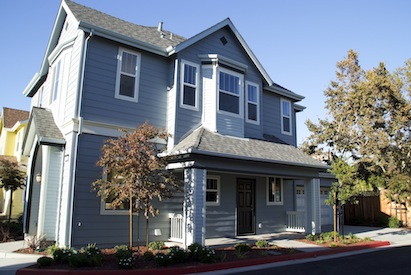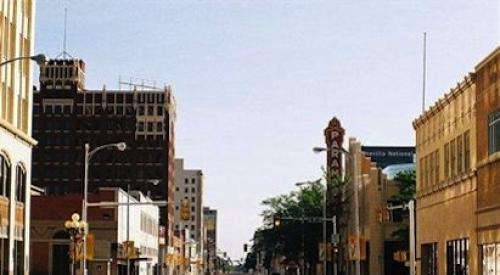Markets in 56 out of the approximately 350 metro areas nationwide returned to or exceeded their last normal levels of economic and housing activity, according to the National Association of Home Builders/First American Leading Markets Index (LMI). This represents a net gain of two from the previous month. The index's nationwide score of .86 indicates that, based on current permits, prices, and employment data, the nationwide average is running at 86 percent of normal economic and housing activity.
Residential Products Online content is now on probuilder.com! Same great products coverage, now all in one place!
"More markets are slowly returning to normal levels and we expect this upward trend to continue as an improving economy and pent-up demand brings more home buyers back into the marketplace," said NAHB chairman Rick Judson, a home builder from Charlotte, N.C.
"Forty-five percent of metro areas are recovering at a faster pace than the nation as a whole, with smaller markets leading the way," said NAHB chief economist David Crowe. "Of the 56 markets that are at or above normal levels, 48 of them have populations that are less than 500,000, and many of these local metros are fueled by a strong energy sector, which is producing solid job and economic growth."
"More than 35 percent of all the markets on this month's LMI are operating at a capacity of 90 percent or better of previous norms, which is a good sign that the housing recovery will continue to pick up steam in 2014," said Kurt Pfotenhauer, vice chairman of First American Title Insurance Co., which co-sponsors the LMI report.
Baton Rouge, La., tops the list of major metros on the LMI, with a score of 1.42--or 42 percent better than its last normal market level. Other major metros at the top of the list include Honolulu, Oklahoma City, Austin and Houston, Texas, as well as Harrisburg, Pa., and Pittsburgh--all of whose LMI scores indicate that their market activity now exceeds previous norms.
Looking at smaller metros, both Odessa and Midland, Texas, boast LMI scores of 2.0 or better, meaning that their markets are now at double their strength prior to the recession. Also at the top of the list of smaller metros are Casper, Wyo.; Bismarck, N.D.; and Grand Forks, N.D., respectively.
The LMI shifts the focus from identifying markets that have recently begun to recover, which was the aim of a previous gauge known as the Improving Markets Index, to identifying those areas that are now approaching and exceeding their previous normal levels of economic and housing activity. More than 350 metro areas are scored by taking their average permit, price, and employment levels for the past 12 months and dividing each by their annual average over the last period of normal growth.
For single-family permits and home prices, 2000-2003 is used as the last normal period, and for employment, 2007 is the base comparison. The three components are then averaged to provide an overall score for each market; a national score is calculated based on national measures of the three metrics. An index value above one indicates that a market has advanced beyond its previous normal level of economic activity.
In calculating the LMI, NAHB utilizes employment data from the Bureau of Labor Statistics, house price appreciation data from Freddie Mac, and single-family housing permits from the U.S. Census Bureau. The LMI is published on the fourth working day of each month, unless that day falls on a Friday--in which case, it is released on the following Monday.
For historical information and charts, please go to nahb.org/lmi.
PB Topical Ref













